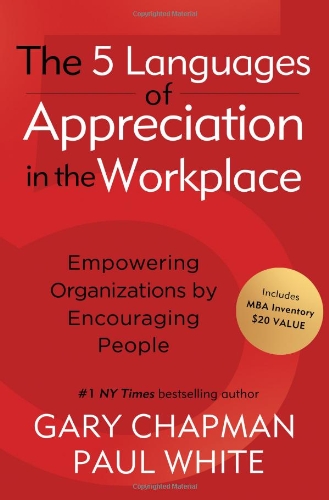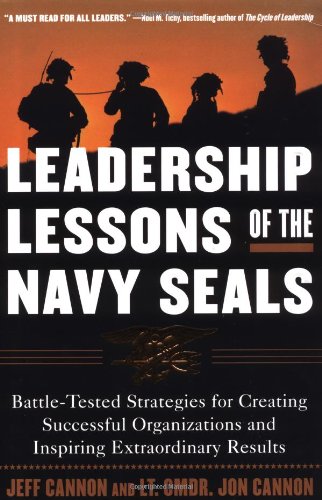
The 25th anniversary edition of the bestselling business classic, completely revised and updated
For more than 25 years, The Leadership Challenge has been the most trusted source on becoming a better leader, selling more than 2 million copies in over 20 languages since its first publication. Based on Kouzes and Posner’s extensive research, this all-new edition casts their enduring work in context for today’s world, proving how leadership is a relationship that must be nurtured, and most importantly, that it can be learned.Features over 100 all-new case studies and examples, which show The Five Practices of Exemplary Leadership in action around the worldFocuses on the toughest organizational challenges leaders face todayAddresses changes in how people work and what people want from their work
An indispensable resource for leaders at all levels, this anniversary edition is a landmark update and must-read.
Featured Guest Review by Marshall Goldsmith
Marshall Goldsmith has been recognized by almost every major business publication as one of America’s leading executive educators and coaches. He is the author or co-editor of more than 32 books, including the New York Times best sellers What Got You Here Won’t Get You There and Mojo. 
Twenty-five years after the first edition was published, The Leadership Challenge by Jim Kouzes and Barry Posner is still my choice for the best research-based book ever written in the field of leadership. It is a classic, and I recommend it to all of my clients.
The Leadership Challenge is written for real leaders, who today face some of the toughest organizational challenges we’ve ever encountered. And, it provides practical, real-world advice based on Jim’s and Barry’s extensive global research that is indispensable for leaders at all levels.
I always refer leaders to this book, because although my Ph.D. is in Organizational Behavior, my undergraduate background is in mathematics. And, I respect people who gather real facts! In developing the Leadership Practices Inventory, which is possibly the world’s most widely respected tool for 360° leadership feedback, Jim and Barry have thoroughly reviewed input from tens of thousands of respondents. They’ve then used this data to form sound conclusions about what works–and what doesn’t work–in terms of leadership behavior.
The central theme of The Leadership Challenge is that leadership is for everyone. It can be learned, but, let’s face it, it’s not easy. The Leadership Challenge is based upon learnings from leaders at all levels–and shows how “regular people” can make a huge, positive difference in their organizations. It is written in a way that can help executives, mid-managers, first-line supervisors, project leaders–and even individual contributors–better understand how they can lead and immediately apply what they have learned in their work.
For example, Jim and Barry asked managers about their clarity around their personal values as well as around the values of their organizations. These managers were also asked about their level of commitment to the organization, their level of motivation and productivity, job satisfaction, and so on. To me, what they found is fascinating! Leaders with the highest levels of commitment are those who are clearest about their own personal values. Clarity about personal values was more prevalent in a positive workplace attitude and level of engagement than was clarity around organizational values. In doing the research for my recent book, Mojo, I found something similar to be true as well: People who find happiness and meaning at home are more likely to also find happiness and meaning at work.
Finally, for those of you reading this book now, I’d highly recommend that you put what you read here into practice. This book can help you lead in such a way that your organization will become a better place for you, your managers, employees, and colleagues-to-be. At the same time, if you implement what you learn here, you’ll make a positive difference in not only your organization, but also in your own life and in the lives of those whom you lead.




